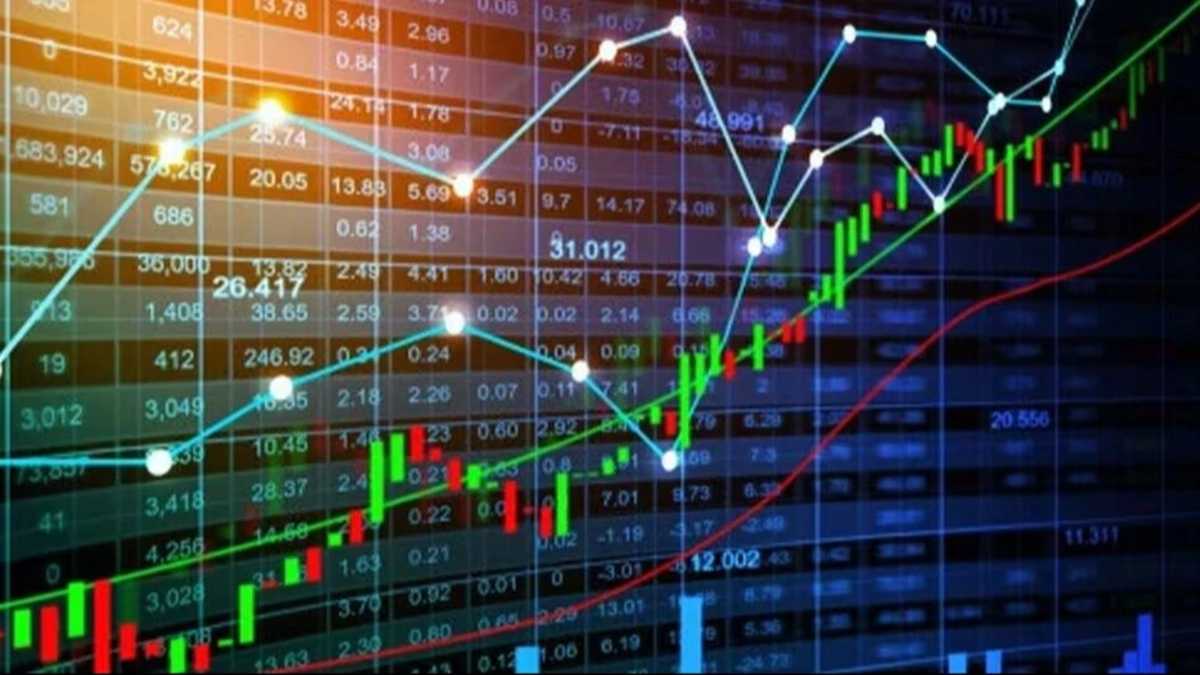Is WESCO International Fairly Valued? A Discounted Cash Flow Analysis

For investors looking to understand the true worth of a company beyond its fluctuating stock price, estimating its intrinsic value is a crucial step. This article will walk through a valuation of WESCO International, Inc. (NYSE:WCC) by applying a Discounted Cash Flow (DCF) model to its expected future cash flows.
While there are many methods to value a company, the DCF model is favored for its focus on a business’s ability to generate cash over the long term.
The Valuation Method: A Two-Stage DCF
Our analysis employs a two-stage DCF model. This approach accounts for two distinct periods in a company’s life:
-
The High-Growth Stage: An initial period (typically 10 years) where growth is often higher but may be inconsistent.
-
The Terminal Value Stage: A subsequent period representing all future cash flows beyond the forecast period, assuming a stable, modest growth rate into perpetuity.
To begin, we use analyst estimates for the next ten years of WESCO’s free cash flow (FCF). We then discount these future cash flows back to today’s value, because a dollar earned in the future is less valuable than a dollar in hand today.
10-Year Free Cash Flow (FCF) Forecast & Present Value
| Year | Levered FCF (US$, millions) | Present Value (US$, millions) |
| 2024 | $683.6m | $627 |
| 2025 | $769.4m | $648 |
| 2026 | $693.0m | $536 |
| 2027 | $701.0m | $498 |
| 2028 | $705.5m | $460 |
| 2029 | $714.9m | $427 |
| 2030 | $727.9m | $399 |
| 2031 | $743.6m | $375 |
| 2032 | $761.3m | $352 |
| 2033 | $780.8m | $331 |
After discounting each year’s cash flow at a rate of 9.0%, the Present Value of this 10-year Cash Flow (PVCF) is US$4.7 billion.
Calculating the Terminal Value
Next, we calculate the Terminal Value (TV), which represents the company’s value beyond 2033. To ensure a conservative estimate, we use a perpetual growth rate (g) that does not exceed the country’s long-term GDP growth. For this, we’ve used the 5-year average of the 10-year government bond yield, which is 2.9%.
The formula is:
-
Terminal Value (TV) = FCF₂₀₃₃ × (1 + g) ÷ (Discount Rate (r) – g)
-
TV = US 13 billion**
We then discount this Terminal Value back to today’s terms:
-
Present Value of Terminal Value (PVTV) = TV / (1 + r)¹⁰
-
PVTV = US 5.7 billion**
The Final Valuation
The total intrinsic value of the company is the sum of the present values of both stages:
-
Total Equity Value = PVCF + PVTV
-
Total Equity Value = US 5.7b = US$10.4 billion
Dividing this by the number of shares outstanding gives us an intrinsic value per share. When compared to WESCO’s current share price of US$194, our model suggests the company is trading at an 8.2% discount. This indicates that the stock appears to be trading near its fair value.
Key Assumptions and Considerations
It’s crucial to remember that a DCF valuation is only as good as its inputs. The most influential assumptions in this model are:
-
Discount Rate (9.0%): This is the rate of return required by investors. We used the cost of equity, derived from a levered beta of 1.388, reflecting WESCO’s stock volatility relative to the market.
-
Cash Flows: The projections are based on analyst estimates, which may or may not materialize.
-
Terminal Growth Rate (2.9%): A small change in this rate can have a significant impact on the final valuation.
Furthermore, this DCF model does not explicitly account for industry cyclicality or a company’s future capital requirements. It serves as a valuable guide but should be one of many tools used in a comprehensive investment analysis.



